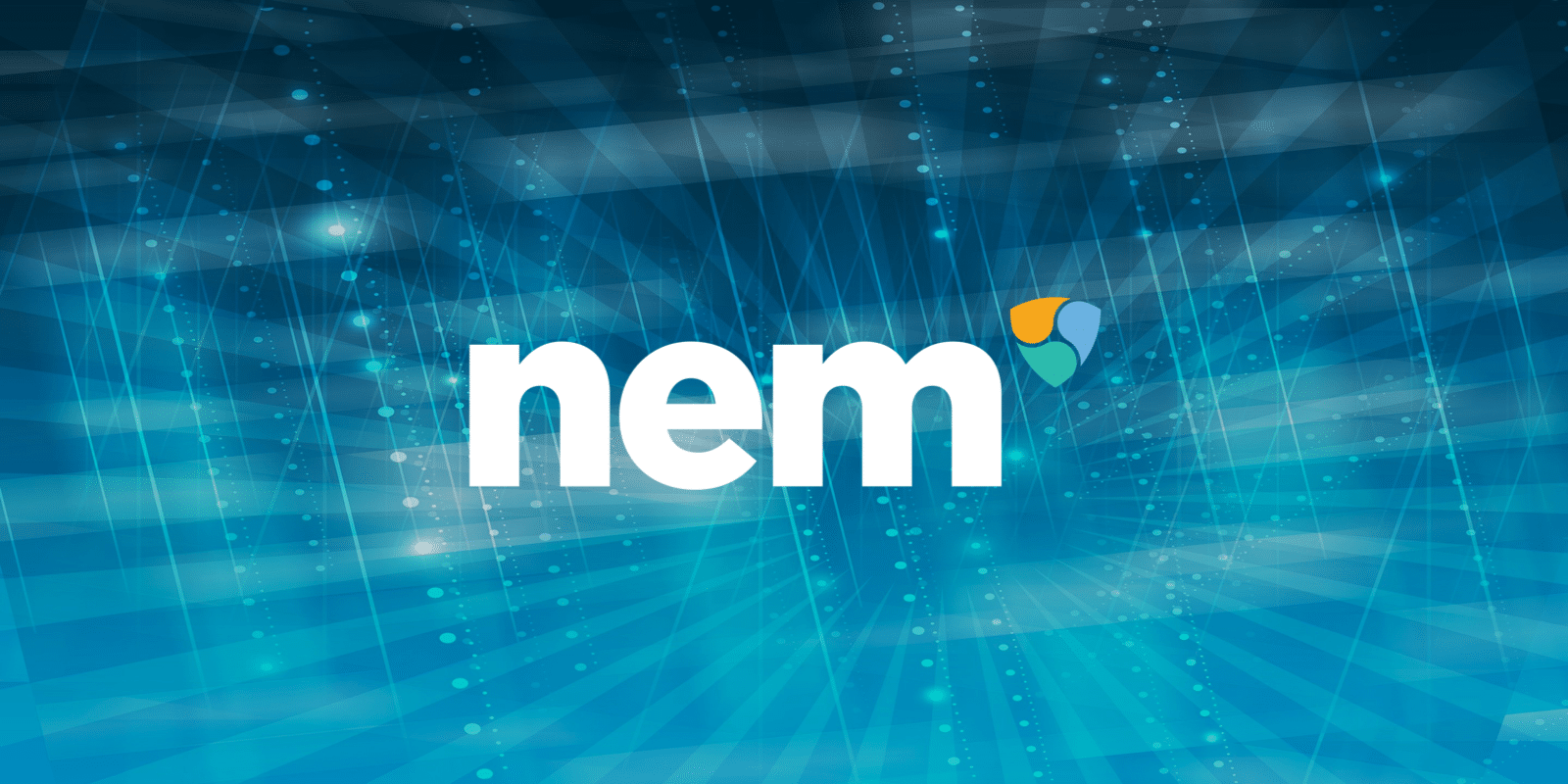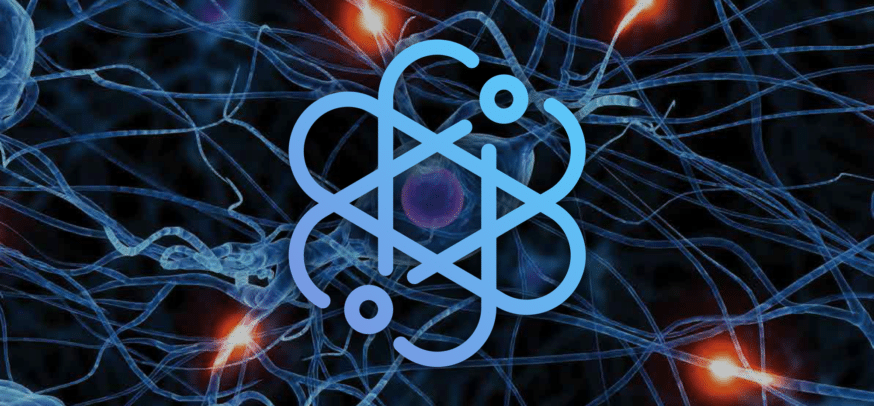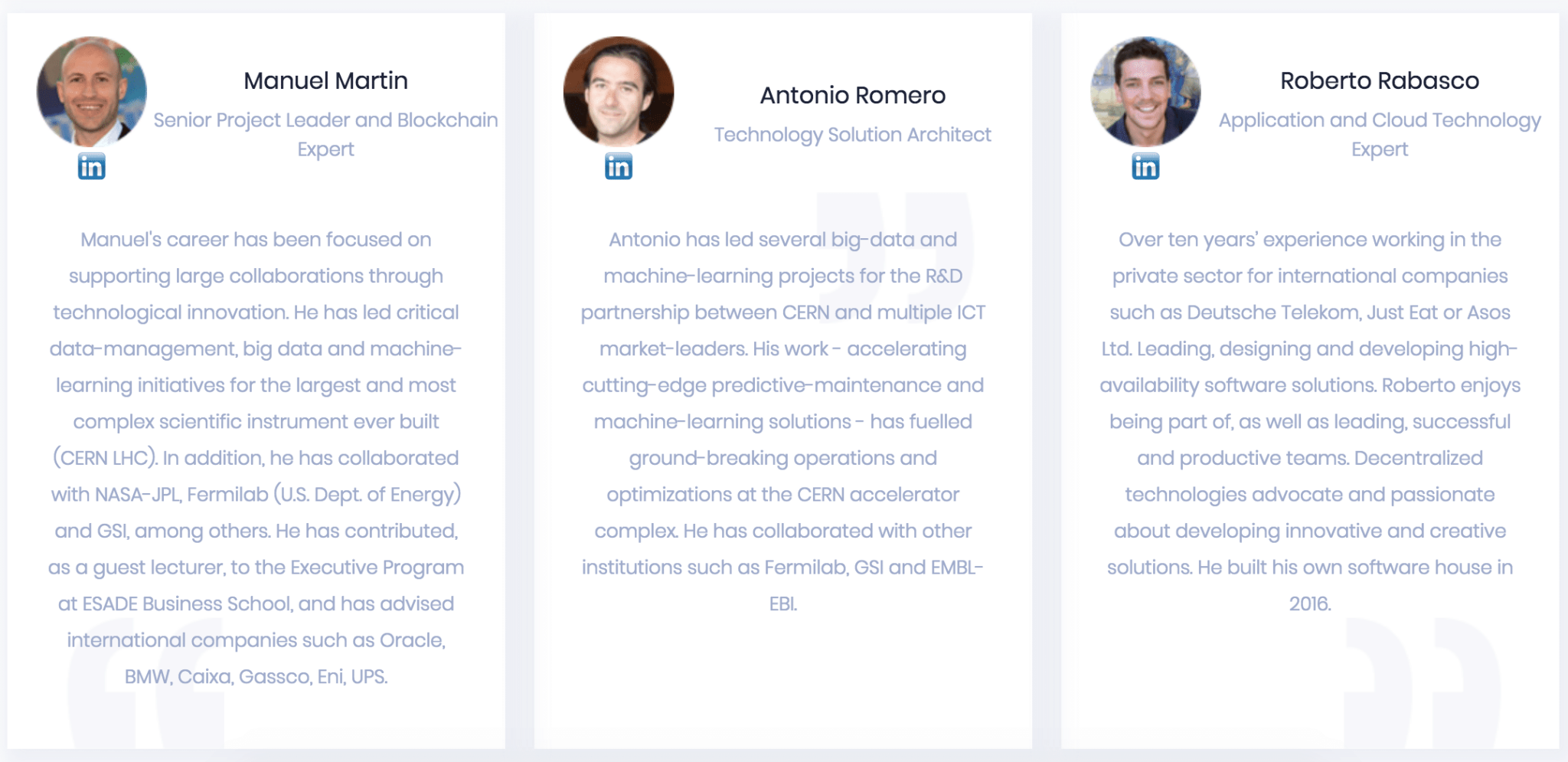Most people likely remember the scowls of their high school and university teachers reprimanding their classes to not use sources from sites like Wikipedia.
Instead of blindly believing anything posted on the Internet, students are urged to utilize sources published in credible publications.
However, in a digital media world fueled by clicks, even the more credible publications seem to have fallen to the beckoning call of the bottom line.
The world of science publishing is often overlooked, but it appears to be just as rotten as the next niche. Fake science is just as real an issue as fake news, except that it can be much tougher to distinguish fact from fiction.
An investigation by the Guardian found that over 175,000 scientific articles were produced by five of the largest publishers in the space. The vast majority of these articles skipped essentially every check and balance of traditional scientific publishing, from peer reviews to a final editorial board review.
Unfortunately, all it takes is one inaccurate or misleading article to be published in a reputable journal for it to start making the rounds in the media echo chamber, where site upon site continue to reference the same inaccurate story (and each other’s articles) until the false information is blindly accepted as true.
Instead, these “predatory open-access publishers” tended to push out anything submitted to them provided that the required fee is paid. Not only is fake science incredibly damaging to the science community’s integrity, but it could result in severe life-threatening misinformation.
We got a chance to interview Manuel Martin, one of the Co-Founders of Orvium, a decentralized open source platform that is tackling the academic publishing sector. The Orvium team aims to address all the inefficiencies in the academic publishing space and help raise the standard of scientific and academic information worldwide.
The Orvium team includes members with backgrounds with CERN, NASA, Amazon, and Oracle.
The following interview goes over the root of the fake science problem, how a blockchain solution can turn things around, and how the Orvium team plans to tackle the $25 billion dollar academic publishing business.
Can you elaborate on how large of an issue fake science is?
I don’t think we could put a number on how big the fake science industry is. Peer review is the only independent quality-control step to validate a research paper. However, traditional publishers cannot cope with the current publication demand. This is mainly due to an obsolete and inefficient business model and the fact that today we are generating more science than ever in history.
Some journals/publishers take advantage of this high demand and use predatory practices to increase their profits. They remove the necessary quality-controls and perform poor-quality peer reviews. This is possible due to the opaque existing peer-review process imposed by the industry.
This lack of transparency is the real problem for “fake science” and the solution we propose through Orvium is to transform the whole science life-cycle, including the peer review process, into a totally transparent one using a public, trusted, and independent record.
What is the usual process for publishing scientific articles and findings?
The process could be summarized as follows.
Researchers submit the manuscript to one of the publishers. At that stage, they sign an exclusivity contract and give them all the copyrights and licensing. After that, publishers ask other scientists in the field to validate the manuscript on a voluntary basis.
If after the validation everything is fine, publishers will mark the manuscript as ready for publishing, but still, it will have to wait several months to get a free slot in the journal. The current process is lengthy, opaque for both authors and the scientific community, and it allows for biases.
In some sense, the scientific publishing industry is quite a unique one. What sets it apart from traditional publishing is the publishing costs and the profit margins (scientific publishers manage to cut most of the publishing costs, which results in much higher profit margins).
For more details, we’ve also posted an article on the scientific publishing process on our blog.
What are the problems that exist with the current model?
First, the market is highly oligopolistic. The top five publishers account for about 70% of all publications, which allows them to control the access to public knowledge. This also allows them to continuously increase the subscription and access fees for scientific journals. Scientific journals get more expensive every year.
Then, the peer review process is very long. Despite technological advancements, the time from submission to publication still largely depends on the human factor. Once a journal receives a manuscript, an editor needs to screen the work and assign it to peer reviewers.
Then, if the transition process between authors, editors and reviewers is successful, the manuscript is marked for publication. However, this does not mean that the paper is immediately published; it only means it is earmarked for release in the print edition as space becomes available.

Depending on the journal, the publication time varies significantly, but the average time is 12 months. If a research manuscript is rejected by a journal, authors have to resubmit to a different journal and resume the process.
The third problem is the peer review process is very susceptible to bias. Manuscripts are evaluated by field experts, then revised and improved by the authors, and then finally accepted for publication. This is how grants are allocated, papers published, academics promoted, and Nobel prizes won.
The problem is reviewers are competing for the same recognition and resources, so peer reviewing is going to implicitly suffer from bias, especially because reviewers and peer reviews are not usually public.
Last but not least, we have the copyrights misplacement.
In any other industry, the creator is paid for their work: musicians are paid for their songs, artists are paid for their art pieces, authors are paid for their books, etc. But the scientific publishing industry is very different.
Most of the time, researchers are required to transfer the copyrights of their research (research that frequently takes millions of dollars out of public money to conduct) to the journal publisher. Academic publishers claim that this is necessary in order to protect authors’ rights and to coordinate permissions for reprints or other use. In theory, the permission to use one’s manuscript is granted in return for the services provided (such as editing, peer reviewing, publishing, and advertising).
However, a large part of the editing and peer review costs are already paid for or done on a voluntary basis by the research community.
What is Orvium all about and how will it solve the problems?
Orvium is the first open source and decentralized framework for managing scholarly publications’ life cycles and the associated data. Blockchain allows us to build infrastructures that enable open, trustworthy, decentralized, and collaborative environments. Using this technology, researchers can submit entries into public records of information and the scientific community can control how those records are amended and updated.
In addition to its open nature, blockchain has two other important properties: it is transparent, and it is impossible to corrupt or hack.
Orvium works like this: papers, reviews, reviewers, citations, authors, research data, etc. are all modeled and stored within the blockchain. Every submission, modification, and review is registered so the complete life cycle of the paper, starting from the first submission, is publicly available.
This brings to life an entirely new model, which introduces numerous benefits such as automatic publications, free license model, copyright retention, an open and transparent review process, citation checks, author validations, analytics, and many others.
Besides all that, Orvium enables institutions and academics to create their own organizations using “Decentralized Autonomous Journals” (Orvium DAJs) which will help them set transparently the rules and foundations shaped as smart contracts in the blockchain to help them define voting rules, journal’s next issues or any other governance directive for their community to grow and develop in a cost-effective way.
Finally, Orvium will unlock the participation of any societal actor in science evolution from both the public and private sector.
Orvium supports this by opening the definition of journals, the creation of challenges or rewards for reviews to increase scientific validation, the promotion of patronage campaigns and the funding of research lines to the general public.
Can you tell us about the team behind Orvium?
Ah, yes, we’re very fortunate to have top specialists in our team.
First, we have Antonio Romero whose job is to bridge the gap between our business problems and the technological solutions. Antonio has also worked for more than 6 years at CERN where he led several big data and machine learning projects for the R&D partnership between CERN and multiple ICT market leaders. His work — accelerating cutting-edge predictive maintenance and machine learning solutions — has fuelled ground-breaking operations and optimizations at the CERN accelerator complex. Antonio has worked with other institutions such as Fermilab, GSI, and EMBL-EBI as well.
Then we have Roberto Rabasco, whose expertise lays in leading, designing, and developing high-availability software solutions. He is passionate about developing innovative and creative technological solutions and has over 10 years experience in the private sector, having worked for international companies such as Deutsche Telekom, Just Eat or ASOS among others.
And last myself, Manuel Martin. I have lead critical data management, big data, and machine learning initiatives for CERN and the Large Hadron Collider (LHC). I have also worked and collaborated with NASA-JPL, Fermilab (U.S. Dept. of Energy) and GSI among many others, I have participated as a guest lecturer for the Executive program at ESADE Business School, and have also advised large companies such as Oracle, BMW, Caixa, Gassco, Eni, and UPS.
The three of us are just the founders, but the team is much larger and counts a lot of experienced key players in the sector. Chris Mattmann, Associate Chief Technology & Innovation Officer at NASA-JPL and Board of Director Apache Software Foundation, Tom Soderstrom, Chief Technology & Innovation Officer NASA-JPL, Christopher Tucci, Chair in Corporate Strategy & Innovation at the Ecole Polytechnique Fédérale de Lausanne (EPFL), Nicolai Oster Head of ICO Department at Bitcoin Suisse AG are just some of them.
You’re a data scientist and engineer. What compelled you to move into the academic publishing field? Towards traditional sciences?
My entire career at CERN has been focused on supporting collaboration initiatives to make possible some of the most complex but exciting scientific experiments humans have ever undertaken. I had the chance to put my two cents to the hunt of the higg bossons, and that was awesome but also to shed light on the most fundamental mysteries of the Universe.
What is the dark energy or matter which represents more than 95% of the Universe? That experience has helped me understand the importance of science for our society and also that every time we scratch the limits of the human knowledge, no matter the field, we are creating a legacy for future generations.
The only way to create this legacy is through transparent and accessible dissemination. And that was compromised by the current publishing model.
I love challenges and applying my experience in a real and transcendental problem was something too appealing to let go of. Orvium is more than Blockchain, there are lots of aspects of the publication life-cycle where Big Data and artificial intelligence (my two passions and domain of expertise) can play an essential role.
What made you start Orvium?
During the summer of 2017, Roberto, Antonio, and I found ourselves amazed by this disruptive technology called blockchain, so we started asking ourselves how we could use this technology to solve a global problem. Having been required to write a few scientific papers on a number of occasions, inevitably, we stumbled upon the issues within the scholarly publishing industry.
So we decided to use Blockchain to remodel this industry so that it won’t impact the evolution of science in a negative way anymore. And the rest was history.
There has been a lot of accusation of Blockchain technology being over-hyped, perhaps even some fake news, and certainly fake ICOs. Is it hard to cut through that noise and be taken seriously?
Nowadays, due to the frenetic pace of innovation, it’s understandable that high-impacting technologies like Blockchain obtain a lot of hype.
This does not mean they are over-hyped, but technology needs time to get mature enough, and Blockchain still has a long way to go to achieve its full potential. I strongly believe that it’s our responsibility to make it evolve in the right way.
I lived something similar a few years ago when Big Data technologies were in a similar situation as Blockchain is today. I was given the responsibility to assess how CERN (whose experiments generate about 1PB per second) could profit from the new Big Data technologies. We needed time to understand the technology and its potential and implications and find the right use cases.
Of course, those two points are related and are equally important. And maybe there is a tendency today to use Blockchain in fields where initially the match is not clear, but that is part of the learning process. At Orvium, we are firm believers in what Blockchain means and we are totally convinced that we can solve, once and for all, an important problem that is affecting science, and therefore the evolution of our society as a whole.
What does it take for a solid blockchain company to find success?
Having a product-market fit is really important. When you are building a Blockchain company, or any company really, you have two choices: you either try to solve a problem (and the bigger the problem, the higher the success rate), or you try to innovate. The “problem” with innovation is that you also have to educate your audience and failing to do so can kill your startup.
Then, the team behind the project is also important. Having seasoned professionals in your team is what’s going to help you grow.
Last but not least, an active community is also vital and listening to their comments becomes very relevant as in a way, they end up driving the project and as a result its success, here at Orvium we always try to keep an eye on our channels to understand users’ frustrations, give them advice, and find the best solution for everyone.
Why is blockchain the solution to the problems in academic publishing?
Blockchain technology offers a unique opportunity to address key issues in the scientific academic publishing system such as lengthy review times and high costs. By offering reputational and economic rewards to peer reviewers, we can ensure that research is peer-reviewed and published more efficiently and at a fraction of the cost than is currently possible. This kind of shift in the approach to scientific research publishing will benefit not only the academic community by giving researchers more control over their work, but society at large.
Academic publishing has quite a few issues, and many of them can be solved by using Blockchain technologies because it provides the perfect ground for transparency in a decentralized and immutable manner. Here’s what makes blockchain an attractive alternative for researchers:
- Instantaneous proof-of-existence and authorship. This means authors sign and timestamp their manuscripts in the Blockchain from the moment they submit it, and everyone can verify it.
- Copyright and licenses are owned and transferable by authors: authors retain control of their work and its potential economic benefits.
- Optimal publication and access costs: the prices are not influenced by monopolistic or oligopolistic market structures. Universities will no longer have to spend obscene amounts of money to access research data.
- Efficient framework to create decentralized journals with low maintenance and operational costs. This will translate into lower access fees.
- Seamless integration between research data and results.
- Continuous and transparent peer reviews: the research community is empowered to publicly determine the validity and soundness of the research.
- Public recognition and economic reward for peer reviewers: researchers no longer have to check the scientific validity and evaluate experiments for free.
- Journal subscription freedom: no journal subscription model is enforced.
- Transparent calculation of quality metrics such as impact factor and peer review quality.
- Eliminates current “predatory” practices and conflicts regarding plagiarism, idea ownership and registration.
What challenges or barriers do you foresee or currently deal with?
I think the biggest challenge is keeping up with the market. We have a product-market fit for a product that actually works, but our next milestone is scaling. And for that, we need to find people who are as passionate as we are to change the current scientific publishing industry because there’s a lot of work to do.
Were you surprised by the findings in the Guardian report? Why/Why not?
In a way, the team is already aware of the scholarly publication situation as we deal with it on a daily basis, so I’m not very surprised, to be honest. We know we are facing a huge market which surpasses $31 billion and which is growing every year with about 4%. A clear oligopoly of companies with profit margins of 36%, which is bigger than Google or Apple.
But the current trajectory of the market highlights promising numbers (ie: 9 million active users, 2.2 million articles per year, 3 billion downloads per year, +125% scholarly articles in emerging markets – India, South Korea, China, and Brazil).
Is there Anything else you’d like our readers to know?
Science represents the most effective mechanism ever designed to promote new economic activity and new industries which can make the world a better place. Joseph Schumpeter, economist, a professor at Harvard and an influential political commentator said, “Creative Destruction is the essential fact about capitalism. Science is, and always has been, at the center of our economic system.”
Orvium represents a great opportunity to disrupt the scholarly publication market once and for all and the team is fully committed to achieving this objective.
Finally, I want to highlight how hard we are working for Orvium to become the leading publication platform for the research community while returning the benefits of science to society.
Never Miss Another Opportunity! Get hand selected news & info from our Crypto Experts so you can make educated, informed decisions that directly affect your crypto profits. Subscribe to CoinCentral free newsletter now.












